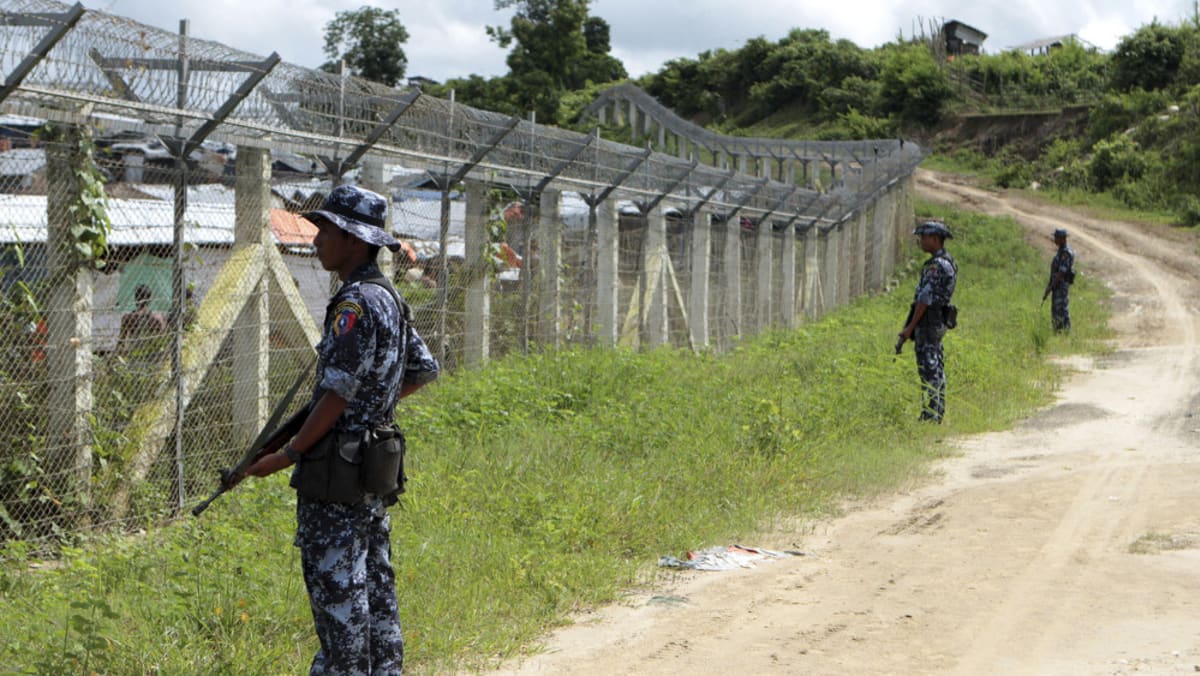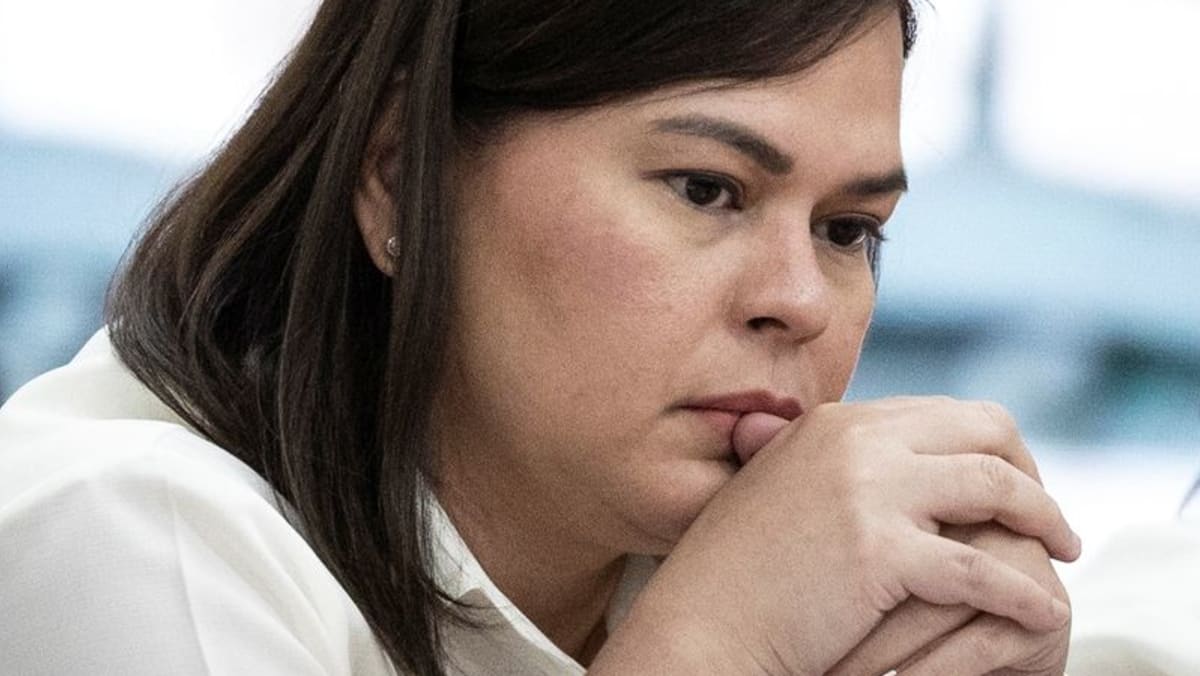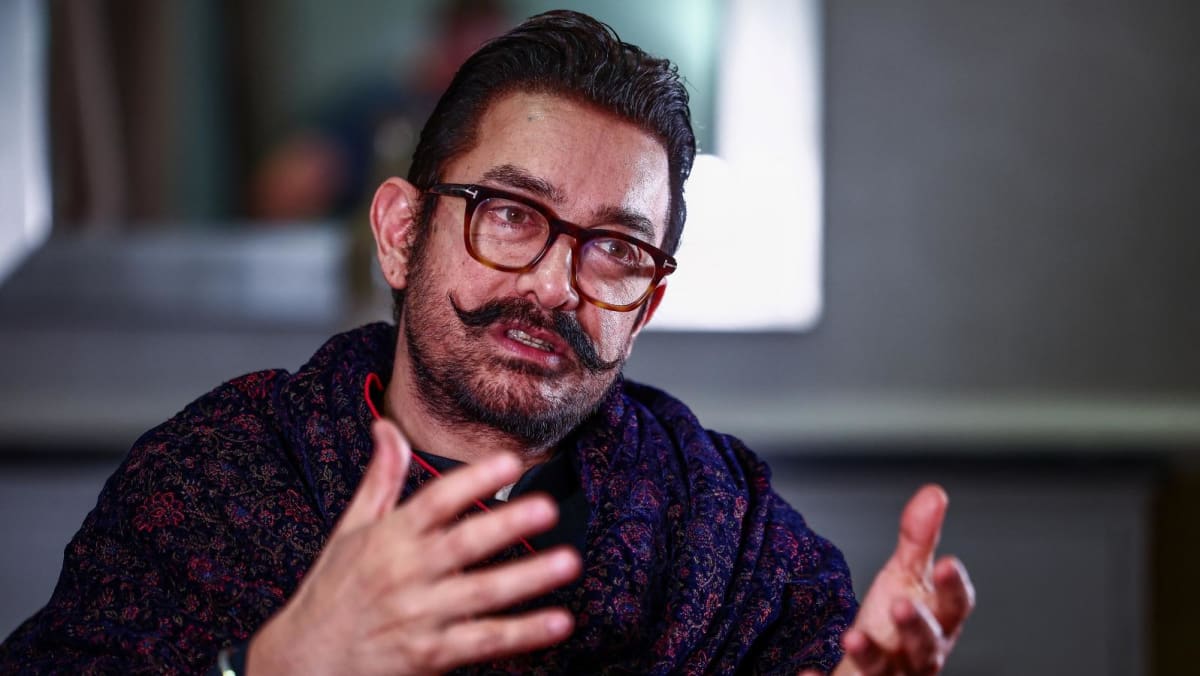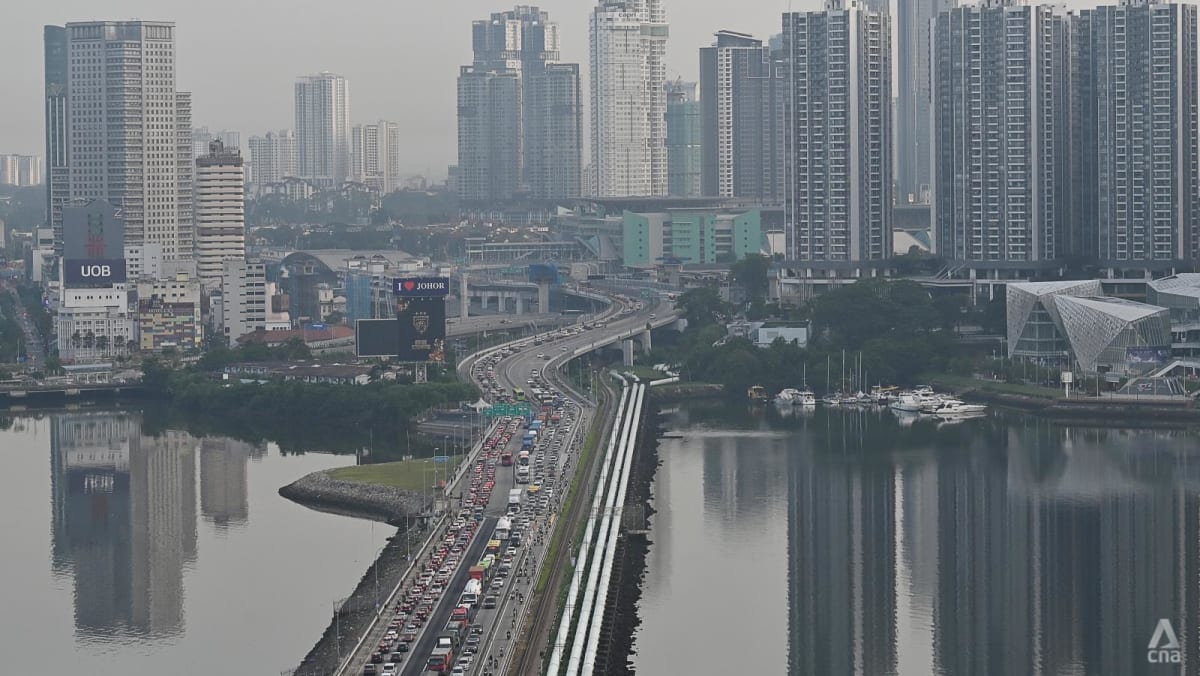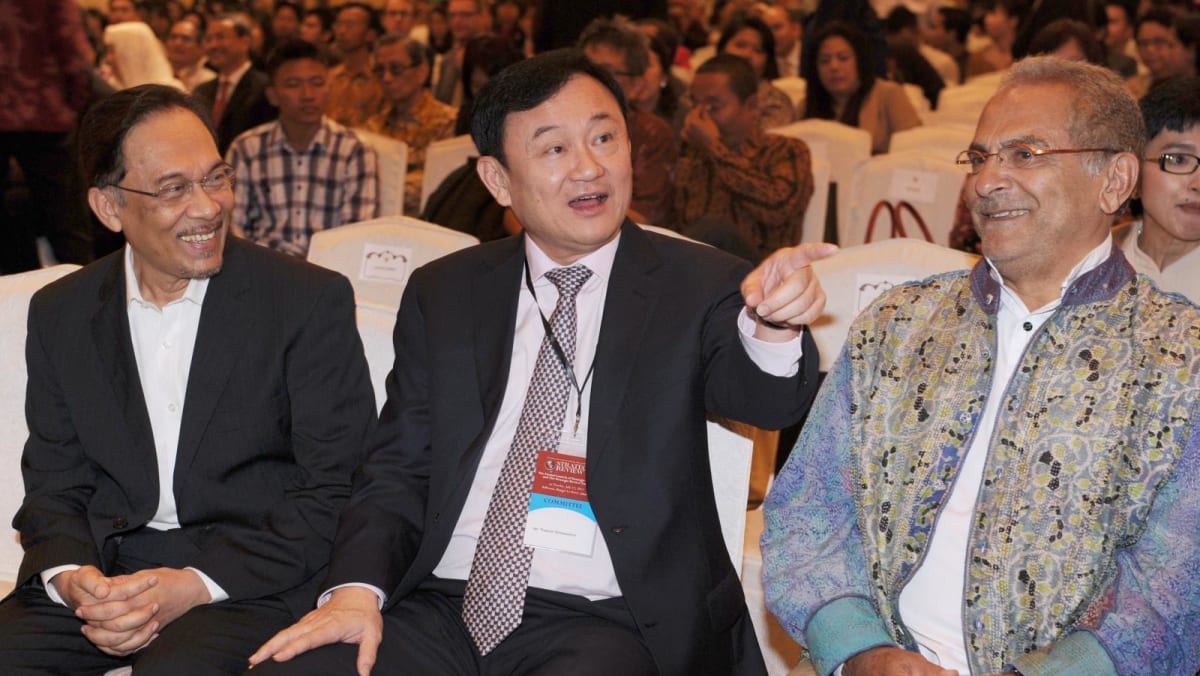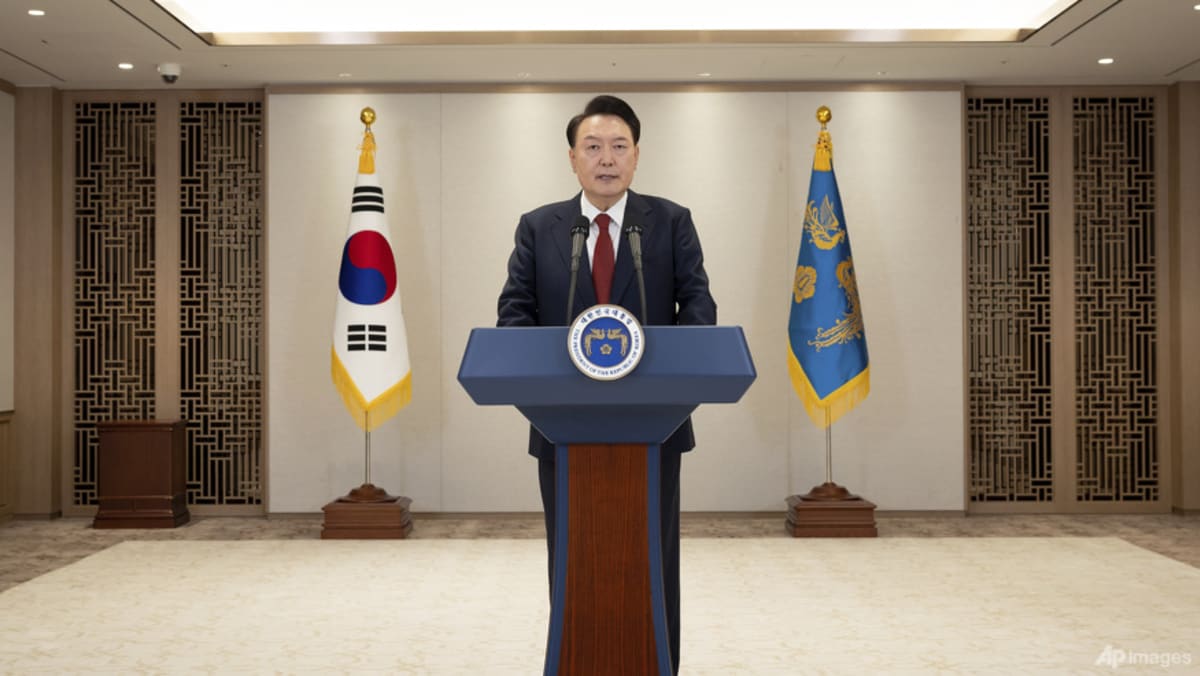Commentary: Why the next decade is not simply about getting rich for Indonesia
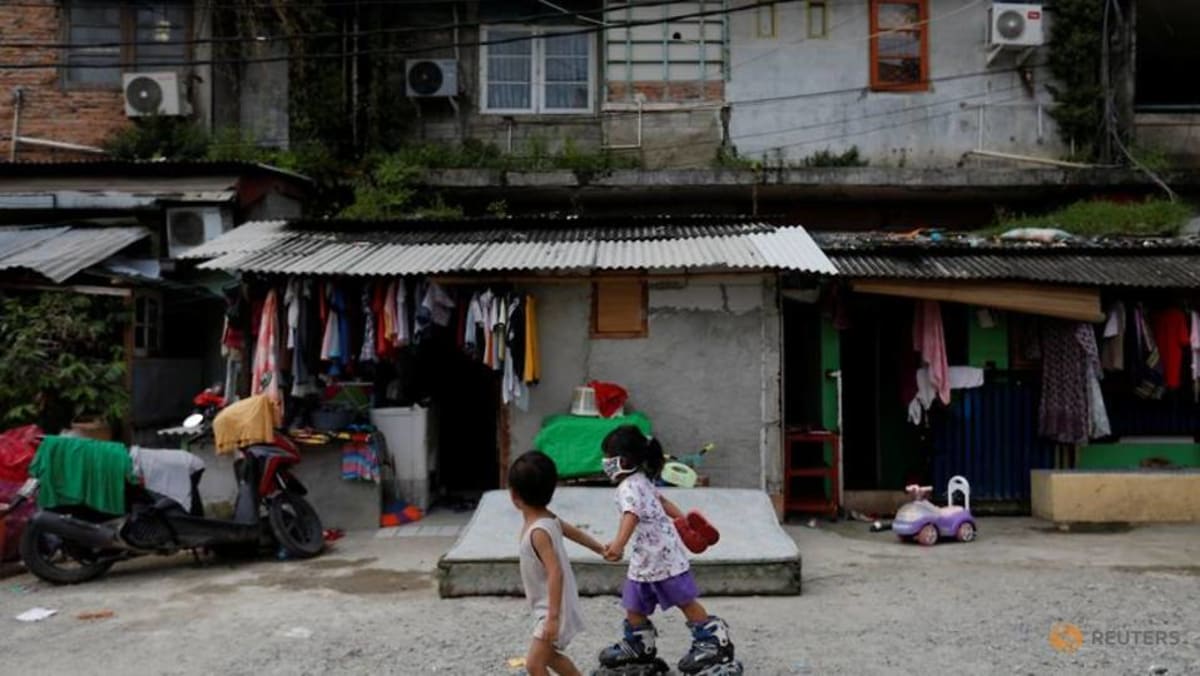
As a country’s population ages, economic growth starts to decline. The rate and the extent of the decline will depend on the foundation that the earlier, younger high-growth economy was able to lay, including for human capital, physical infrastructure and governance.
Although an imploding working age population may be attenuated by a higher labour force participation rate, especially of elder workers (that is, those aged 65 or above), on average, older workers are not as productive and innovative as younger ones. This usually translates to lower labour productivity growth and a slower rate of innovation.
The natural growth rate of a country’s economy, which is the rate of economic growth that could be sustained over the long term and is determined by demographic changes and technical progress, will also decline. This results in a lower appetite for corporate investment and consequently, lower firm productivity.
GET DEVELOPMENT ON TRACK, THEN GET RICH
What seems to be preoccupying policymakers now is how to “get rich before getting old”, as touted in the Grand Strategy for Indonesia’s 2045 Vision. This mindset must change: Indonesia should close its development gap by getting its foundations right, then get rich, not vice versa. The sequence of reforms matters.
President Joko Widodo, popularly known as Jokowi, in his two terms has made tremendous progress in building certain structural foundations for the country – including in transportation, electricity generation, irrigation systems, regulatory reforms aiding investment, the financial and health sectors, and tax harmonisation.
This is his legacy in improving the welfare of Indonesians. However, there are big development gaps that Indonesia’s next president still needs to close in the next critical 10 to 15 years, primarily laggard human capital and the eroding quality of governance.
Source: CNA


